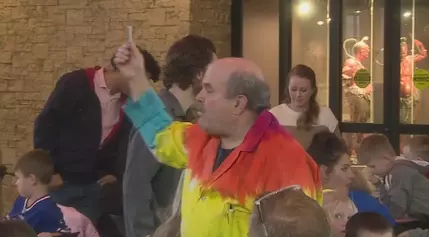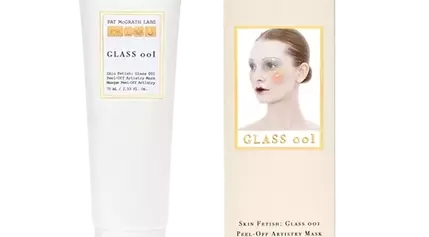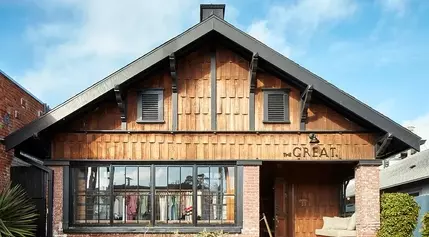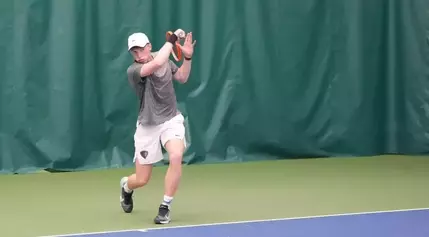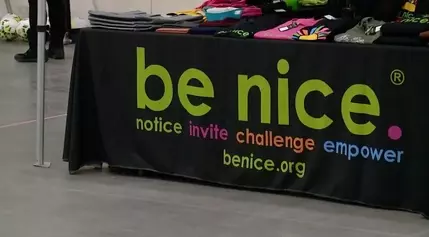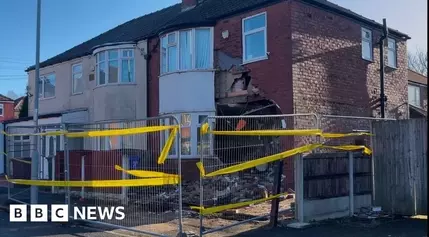- Working Time: 4 hours
- Total Time: 2 days, 4 hours
- Skill Level: Intermediate
- Estimated Cost: $100
Concrete furniture is popping up everywhere. What's great about concrete outdoor furniture is that it's entirely doable to make yourself.
The key to this DIY outdoor concrete table is it's built with powerhouse materials. Cedar's natural resistance to the elements, including moisture, helps it withstand outdoor weather. We left this table base unfinished, but you can stain the wood to make it more durable. This homemade base is 22×46 inches from the outside edge of each leg.
This DIY outdoor concrete table project is relatively small (the top is 24×48 inches), so you can pour it without a wire-mesh stabilizer and heavy-duty frame. For a tabletop larger than this, you'll need both.
What You'll Need
Equipment / Tools
- Measuring tape
- Saw
- Drill with screwdriver bit
- 5-gallon bucket
- Handheld drill with paddle mixer
- Wheelbarrow
- Shovel
- Rubberized work gloves
- Concrete trowel
Materials
- 4 4×4×30-inch cedar posts
- 3 8-foot 1×4 cedar boards
- 1 1/4-inch exterior galvanized screws
- 3 2×2×48-inch foam strips
- Foam tape
- 2×28×52-inch foam insulation board
- 2×4 boards
- Biodegradable colorant
- 70-pound bags of concrete (we used 2 bags of Buddy Rhodes Concrete Counter Mix)
Instructions
How to Make a DIY Outdoor Concrete Table
-
Cut Boards to Length
Cut the cedar boards to the following lengths:
- 3 3/4-inch pieces (8)
- 3-inch pieces (4)
- 15-inch pieces (4)
- 39-inch pieces (2)
- 17 1/4-inch pieces (2)
-
Attach Pieces to Posts
Predrill holes for the screws, then use a screwdriver or drill with a screwdriver bit to fasten one 3-inch and one 3 3/4-inch piece on two adjacent sides of each post; pieces should be flush with the post top.
-
Make the End Pieces
To make the end pieces, connect two posts by predrilling and fastening with screws one 15-inch side piece to the 3 3/4-inch block. Fasten on both post tops.
-
Attach Corner Blocks
On each end piece, measure 6 inches from the bottom of the posts. Attach one 3-inch corner block on the interior of each post by predrilling and fastening with screws.
-
Fasten Piece to Corner Blocks
Predrill and use screws to fasten one 15-inch piece to the corner blocks. The end piece is now braced at the top and bottom for rigidity and support.
-
Connect End Pieces
Connect the end pieces by predrilling and fastening with screws the 39-inch side pieces to 3-inch corner blocks on the post tops.
-
Predrill and Fasten
Position the 17 1/4-inch pieces evenly spaced along the side pieces. Predrill and fasten with screws.
-
Make Foam Frame
Tape the foam insulation strips together, forming a 24×48-inch rectangle. Tape the rectangle to the foam insulation board. Then, build a wooden frame from 2×4 boards to fit tightly around the foam frame. Set the mold on a solid surface.
-
Mix Colorant
Mix colorant according to the manufacturer's instructions. We put a bag of premeasured colorant in a 5-gallon bucket of water and blended it with a paddle mixer.
-
Mix Concrete
Mix the concrete according to instructions. First, we poured the colorant into the wheelbarrow. Then we added the concrete mix and used a shovel to blend. The concrete is ready to use when it's the consistency of cookie dough.
-
Press Concrete into Frame
Wearing work gloves, pour concrete mix into the mold, pressing it into the frame. Smooth with the trowel. Allow the concrete to cure according to the manufacturer's instructions.
-
Place Top on Base
Once the concrete is fully cured, remove the mold and place the tabletop on the base. You'll need two people to move this heavy tabletop.
More DIY Concrete Projects
Concrete is a surprisingly manageable medium with an earthy look and unbeatable durability. It's also forgiving—if you mix in a little too much or not quite enough water, you'll still be OK. Rough edges and small air pockets add rustic appeal to concrete.
Use concrete to make garden orbs or decorative edging that will withstand all kinds of weather. Resurface steps or build new ones with concrete for a clean and simple entryway. When using concrete for patios, you can paint it to match your home's exterior or create designs for an eye-catching outdoor space. Countertop concrete is made with a fairly dry mix that sets overnight. If you love the industrial look of concrete but don't want do do an entire update of your kitchen countertops, try this DIY faux countertop project for a less labor-intensive redo.

